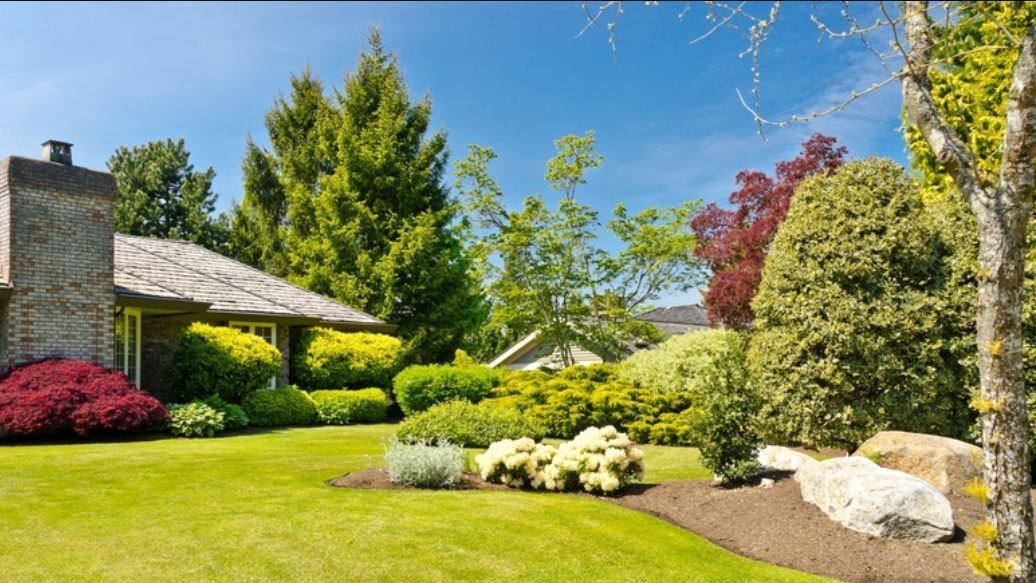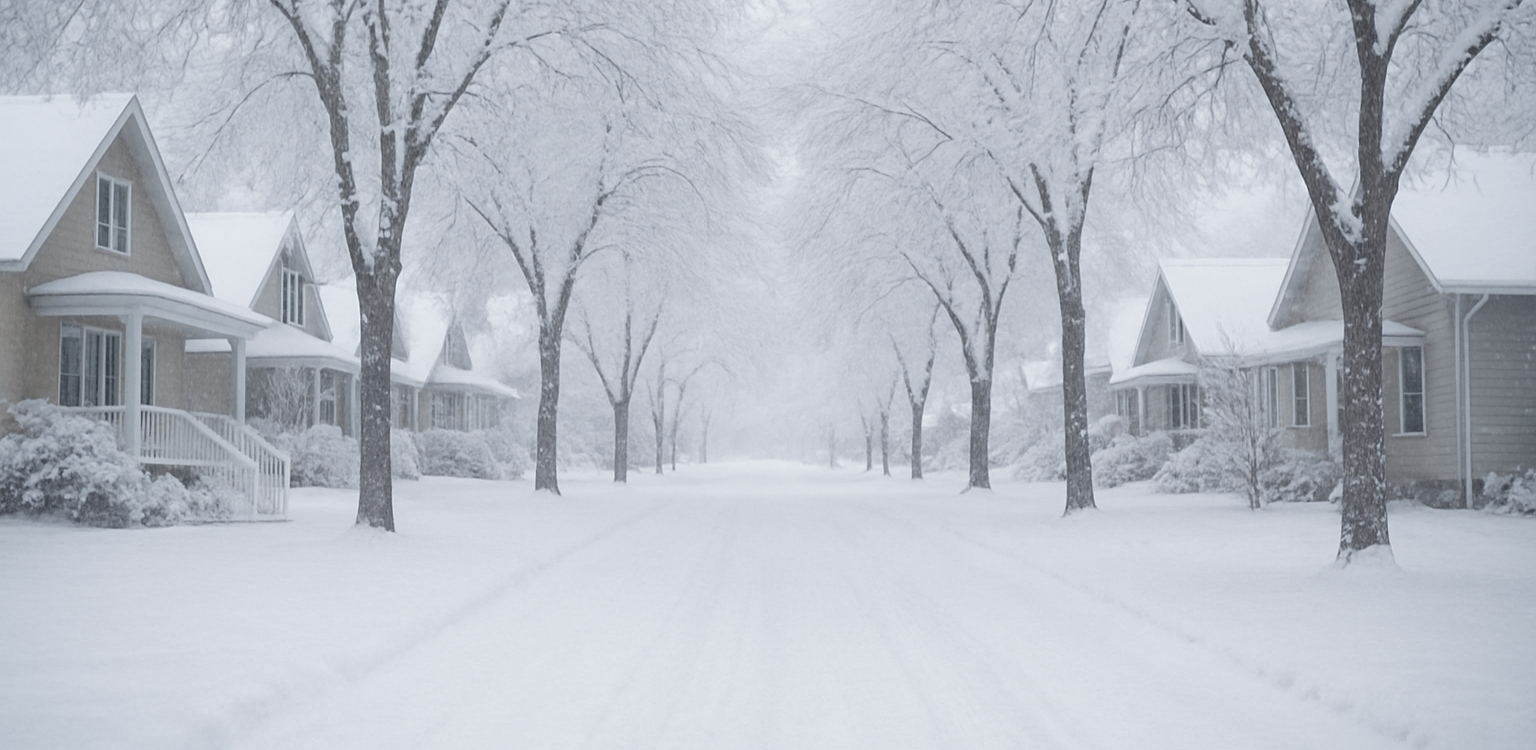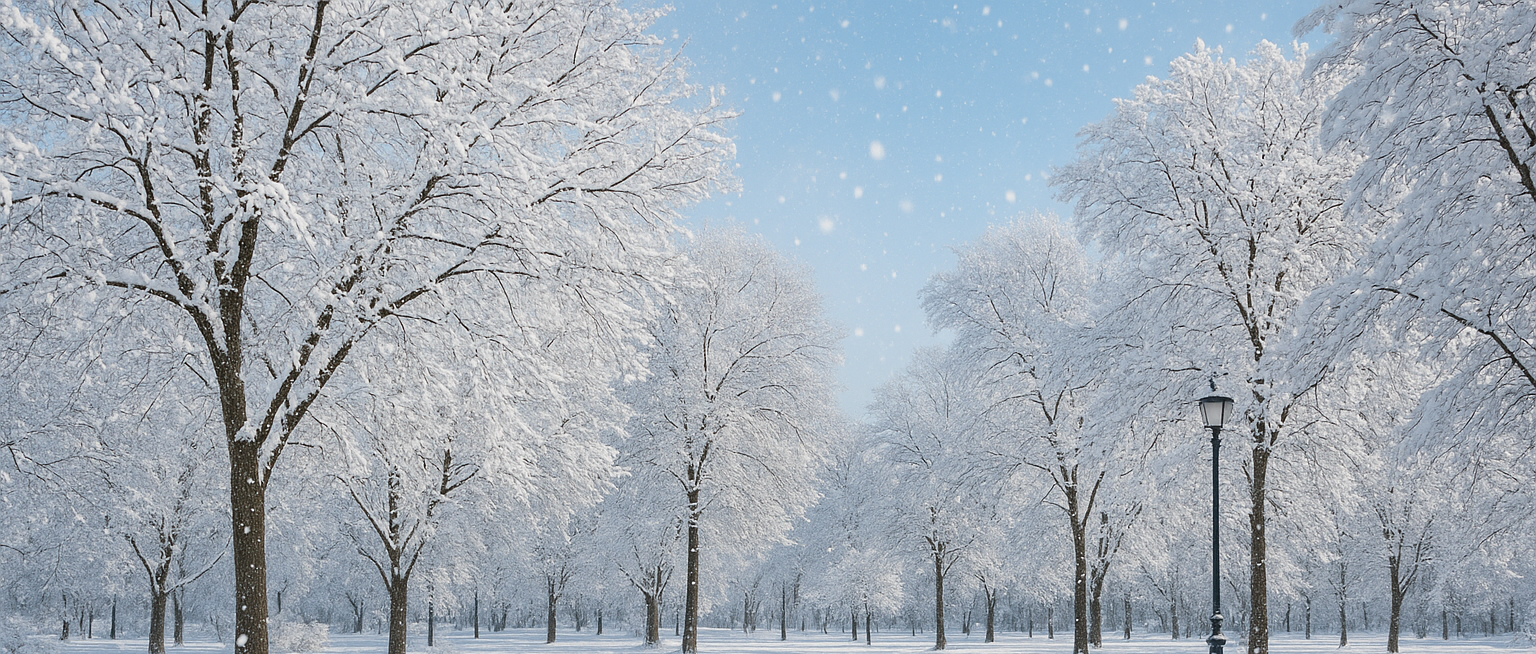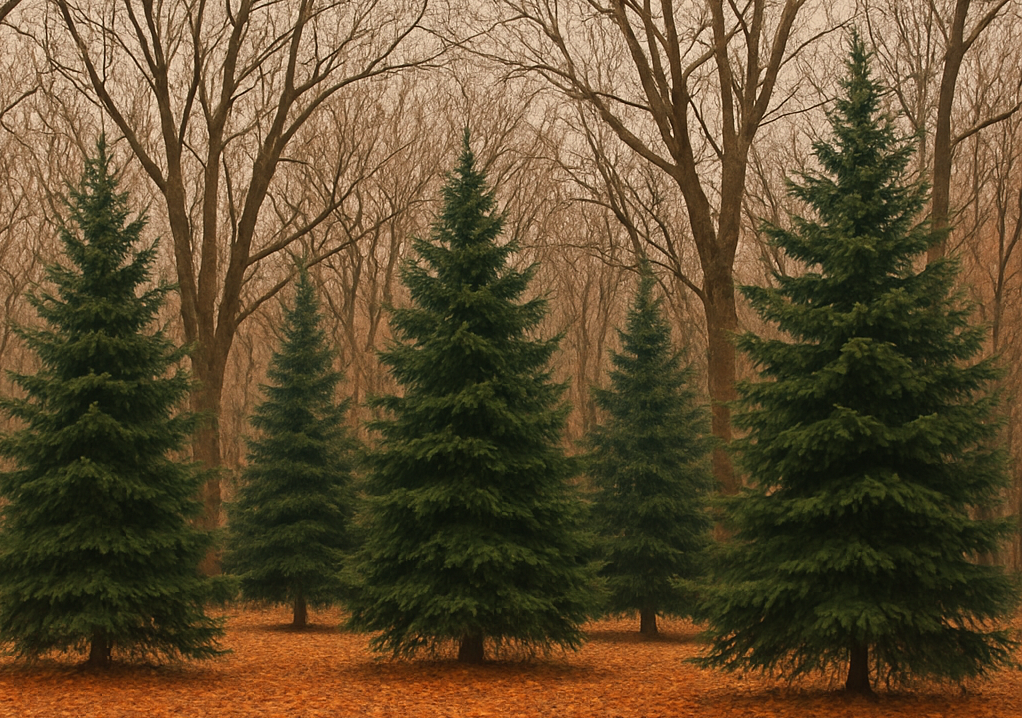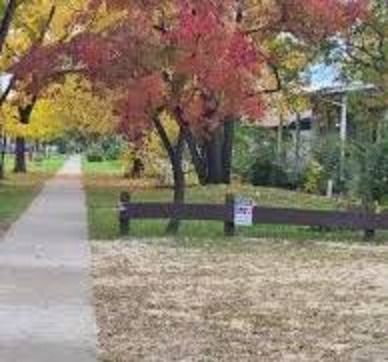How Tree Care Enhances Property Value: Aesthetic and Financial Benefits of Well-Maintained Trees
Trevor Soltys & Paul Kasper
When it comes to boosting property value, homeowners often think of kitchen remodels, fresh paint, or new flooring. But one of the most overlooked—and cost-effective—ways to enhance your home’s appeal and worth lies just outside your front door: your trees. Proper tree care doesn’t just beautify your landscape; it can significantly increase your property’s market value. Let’s explore how investing in tree maintenance pays off both aesthetically and financially.
🌳 Curb Appeal That Captivates
First impressions matter. A well-landscaped yard with healthy, mature trees creates an inviting atmosphere that immediately elevates a property’s curb appeal. Trees provide structure, shade, and visual interest, framing your home in a way that feels both natural and intentional.
- Seasonal beauty: Trees offer year-round charm—from spring blossoms and lush summer canopies to vibrant fall foliage and sculptural winter silhouettes.
- Defined spaces: Strategically placed trees can define outdoor areas, creating cozy nooks, shaded patios, or natural privacy screens.
- Neighborhood prestige: Homes in tree-lined neighborhoods often appear more established and desirable, which can influence buyer perception and even neighborhood property values.
💰 Tangible Financial Gains
Beyond aesthetics, well-maintained trees can deliver a measurable return on investment. According to the Arbor Day Foundation and various real estate studies, mature trees can increase property values by as much as 10% to 20%.
Here’s how:
- Energy savings: Trees provide natural cooling in the summer and windbreaks in the winter, reducing energy bills. The U.S. Department of Energy estimates that properly placed trees can cut air conditioning costs by up to 35%.
- Stormwater management: Healthy trees absorb rainwater and reduce runoff, which can lower the risk of flooding and erosion—especially important in urban or flood-prone areas.
- Environmental incentives: Some municipalities offer tax breaks or incentives for maintaining trees or planting new ones, adding another layer of financial benefit.
🛠️ The Importance of Proper Tree Care
Not all trees are created equal—and neither is all tree care. Neglected or poorly maintained trees can become liabilities, posing risks to structures, power lines, and people. That’s why regular maintenance is key.
- Pruning and trimming: Removing dead or overgrown branches improves tree health and reduces the risk of storm damage.
- Disease and pest management: Early detection and treatment can save a tree from decline and prevent the spread to other plants.
- Root care and mulching: Healthy roots mean a stable, thriving tree. Proper mulching and soil care support long-term growth.
Hiring a certified arborist or professional tree care service ensures that your trees are not only safe but also optimized for health and longevity.
🏡 A Long-Term Investment
Unlike many home improvements that depreciate over time, trees grow in value as they mature. A sapling planted today could become a major asset in a decade, offering shade, beauty, and increased property value for years to come.
Moreover, trees contribute to a sense of well-being and connection to nature—qualities that are increasingly important to homebuyers seeking sanctuary in their living spaces.
In Conclusion
Tree care is more than a landscaping chore—it’s a smart investment in your property’s future. By enhancing curb appeal, reducing energy costs, and increasing market value, well-maintained trees offer both aesthetic and financial rewards. Whether you’re planning to sell your home or simply want to enjoy it more, giving your trees the attention they deserve is a decision that quite literally grows over time.
